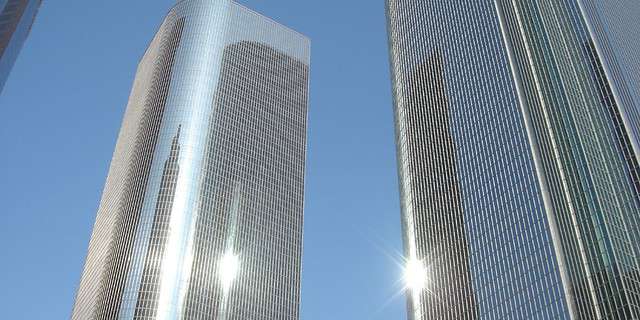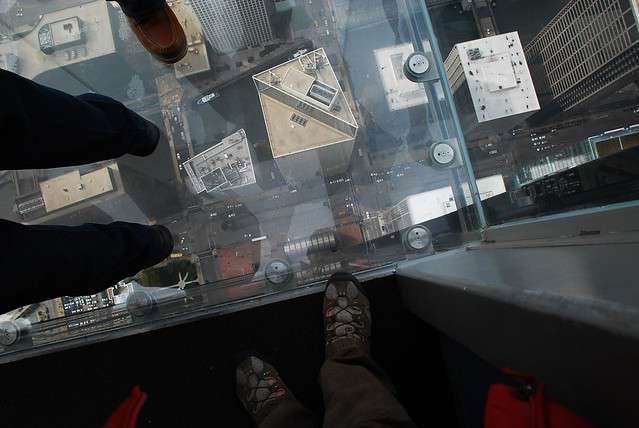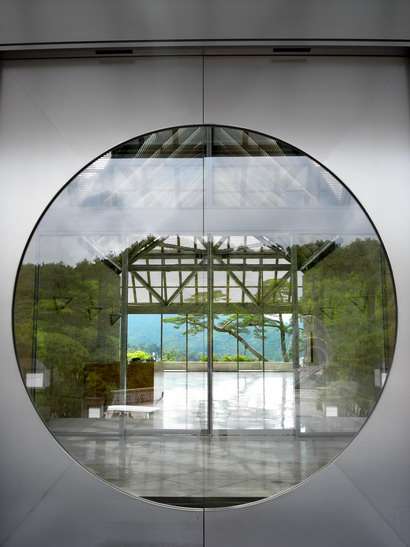
Glass is a dominating choice in modern day architecture and offers features that optimize functionality. Image Source: Flickr user Ricardo Diaz
My family lives in an area with overcrowded schools, so when a bond was passed to build two new schools in our community and get our kids back into real classrooms with smaller class sizes, I couldn’t have been more thrilled. The new schools were finished last spring and boasted the most state-of-the-art architecture that gleamed with floor to ceiling windows. These beautiful buildings with their walls of glass are like most modern day structures, where glass is a dominating feature and choice in building materials. Glass color can serve a variety of functions in addition to aesthetic appeal including heat retention, solar reflectance value, sound protection, as well as many other technical features. Glass color analysis serves an important function in glass production and manufacturing, and is made simple and easy with the use of modern spectrophotometers.



